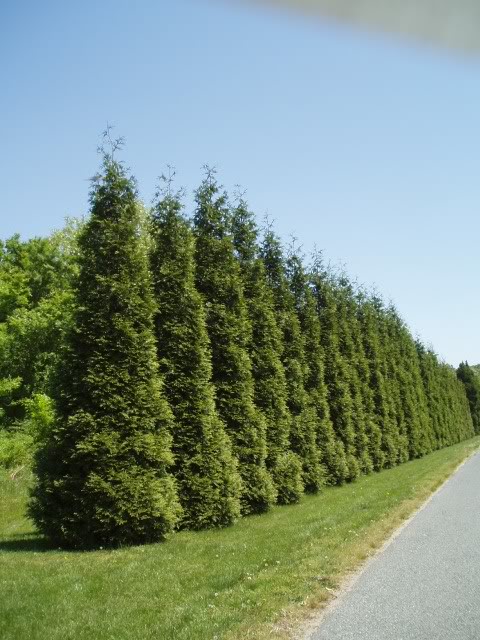
Ask a tree expert when is the best time to prune evergreen trees; they’ll probably recommend early winter before they start developing buds. Although they can be pruned mid-summer when not fully dormant, early spring is ideal since new growth will fill it up quickly. Tree growth leads to candle-like branch tips, and cutting these branches halfway keeps the tree compact. This process is called candling and should be carried out between late March and mid-May. Hiring a tree care company before candling is vital since pruning when the needles have fully opened can alter the desired tree shape.
When pruning evergreen trees, you must consider the exact species you are dealing with. Southern Star Tree has a team with extensive industry experience and expertise, ensuring your trees are pruned without putting too much stress on their growth and development. Here are some popular evergreen trees and how to prune them.
Pines usually grow in clusters fastened in a twig or sheath. The needles are generally in twos, threes or fives, with buds growing once a year. This leads to the growth of new shoots, which usually takes place during the spring. Trimming should be conducted as the new growth forms, and only a half or a third of each candle that expands should be pinched out to maintain its sturdy shape. If you want to eliminate overgrown pines, remove the entire branch or hire a tree service to do the heavy lifting.
Spruces develop new growth from the terminal buds once a year, compromising lateral growth. You can induce lateral growth by cutting straight to a lateral branch or eliminating the terminal buds for a more intense pruning. Professional arborists from Southern Star Tree recommend pruning about 40% of new growth. The best time to prune Spruce and Firs is early spring or late winter, minimizing the strain it puts on the tree since the trees are less active during this time of year.
Unlike most evergreen tree varieties, Arborvitae is a species that can withstand heavy and intense pruning. The buds and crotches act as growth points and are located between branches. Over time, these trees tend to develop dead zones in the center that lose these growth points. You can prune these trees during early spring or mid-summer, but early spring is the best time to space out new growth if you want to conduct heavy pruning. If you are pruning an old tree, don’t go too far, or you risk compromising the tree’s health.
Junipers can handle pruning quite well without compromising their structure. As the tree ages, it develops a dead foliage area which you need to look out for if you are handling older trees. If foliage is removed beyond this point, it will affect regrowth. Junipers should be trimmed early in the planting season, from April to May, depending on your growing zone. Please don’t make the mistake of pruning mid or late summer, as it leads to growth that won’t harden enough by the time winter approaches.
If you plan to prune evergreen trees in your yard, contact us at Southern Star Tree and schedule an appointment with our team of experts. We provide top-notch tree services at competitive market rates, ensuring your trees are in tip-top condition throughout the year.